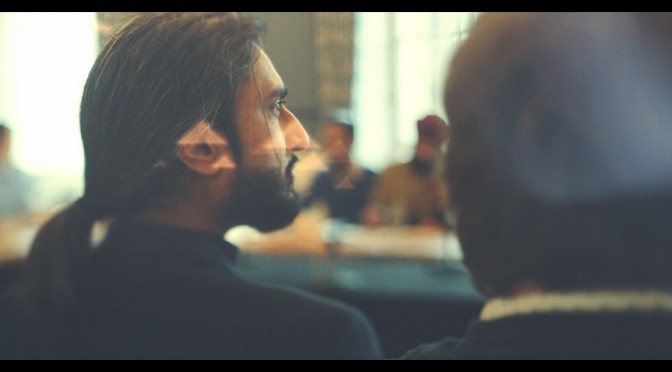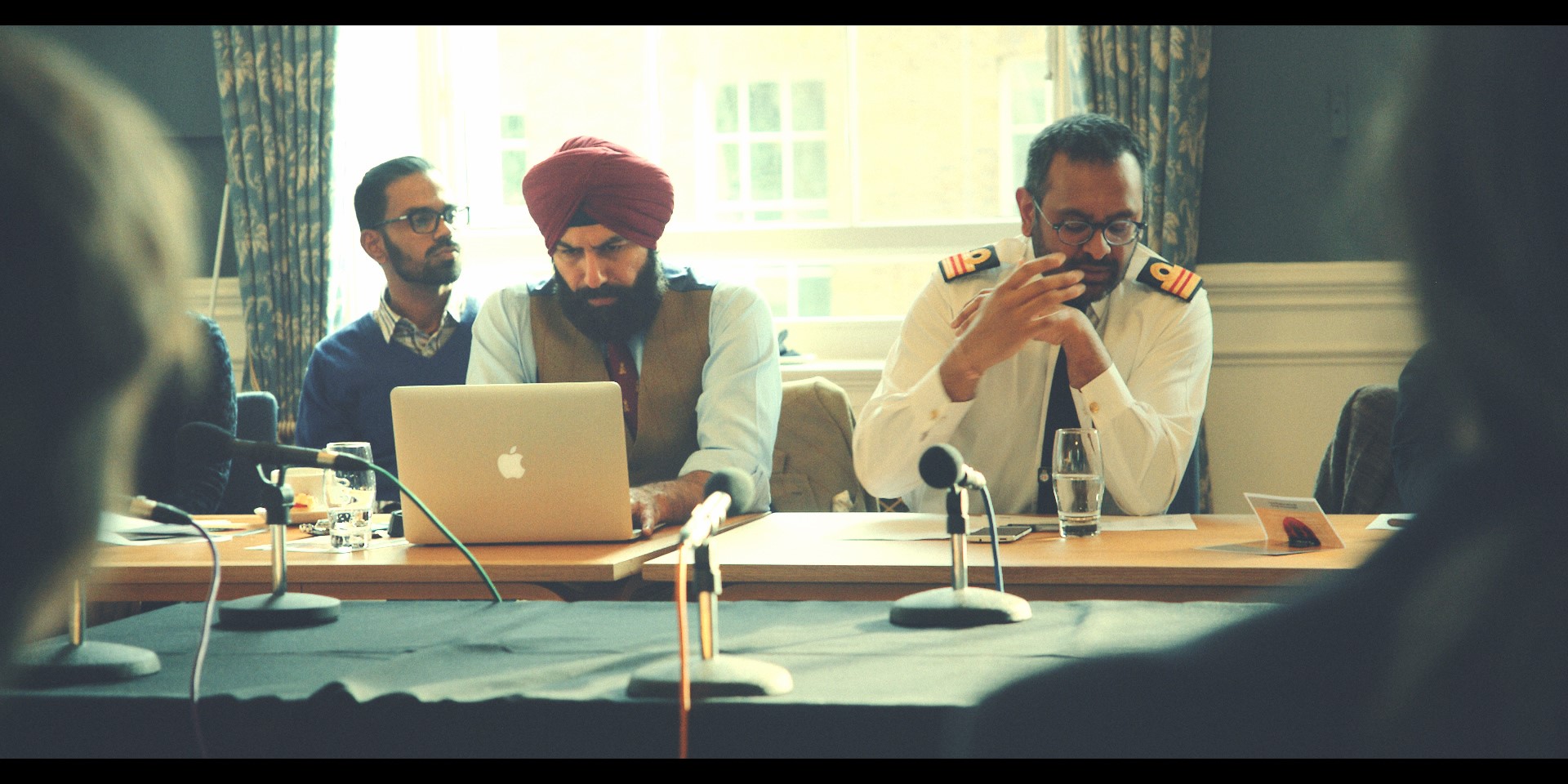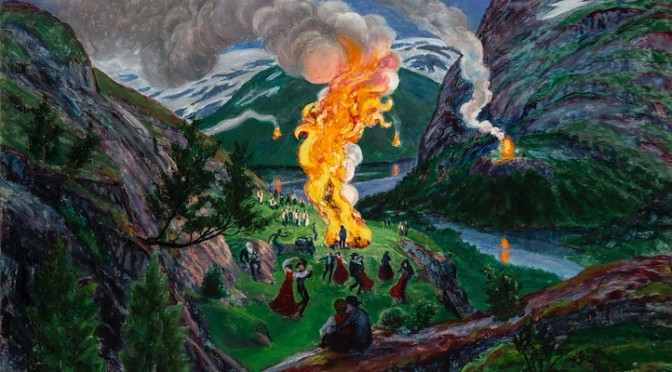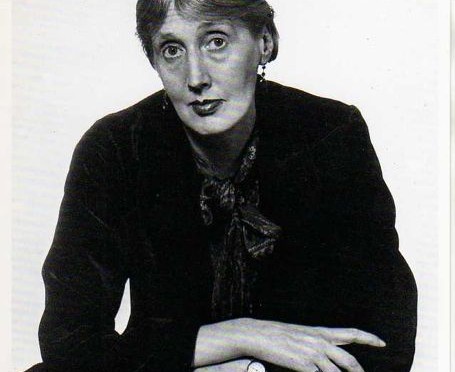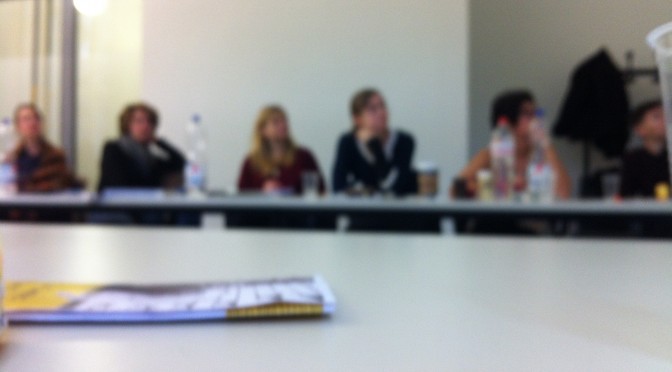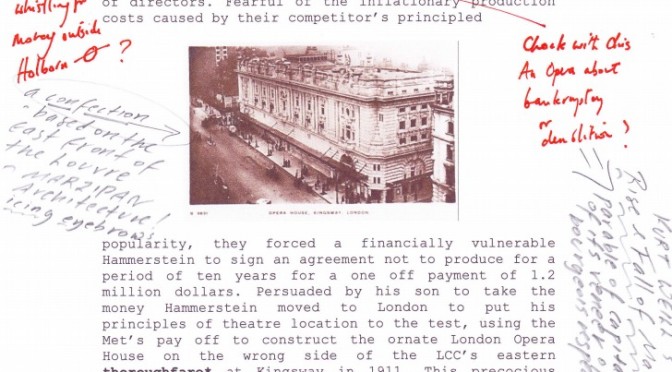by Dr Natasha Awais-Dean, Project and Communications Manager of ‘Cultural Exchange in a Time of Global Conflict: Colonials, Neutrals and Belligerents during the First World War’ (HERA)
Despite there being over 1 million South Asian soldiers fighting in the war alongside two million Africans as well as troops from New Zealand, Australia, and Canada, there has traditionally been a rather narrow and Anglo-centric view of how the history of the First World War has been communicated within Britain. Yet, the true story is far more complex and wide-ranging than this suggests.
Over the last two years, there has been greater visibility of the South Asian contribution to the First World War but we still have a long way to go. Now that we have reached the midpoint of the centennial commemoration, how do we keep up the momentum while at the same time find a way, as Dr Santanu Das notes, to go ‘beyond simple recovery and commemoration’ and address the complexity of the history? How do we find creative ways of engaging with the South Asian contribution to draw in fresh generations?
What seems to have been driving this greater visibility of the South Asian war story in Britain is its relation to a broader British Asian identity today – can the contribution of the South Asian soldiers, who served alongside English Tommies, be used to achieve greater racial harmony? Indeed, could this be the key to healing the current racial and ethnic divides in our society (something that we are perhaps feeling now more than ever), but without sanitising any of the horrors of the war or ignoring the racial hierarchies and inequalities that marked the colonial war experience? The need for authenticity is paramount, to maintain integrity in dealing with this often messy history in both an ethical and, crucially, productive manner.

